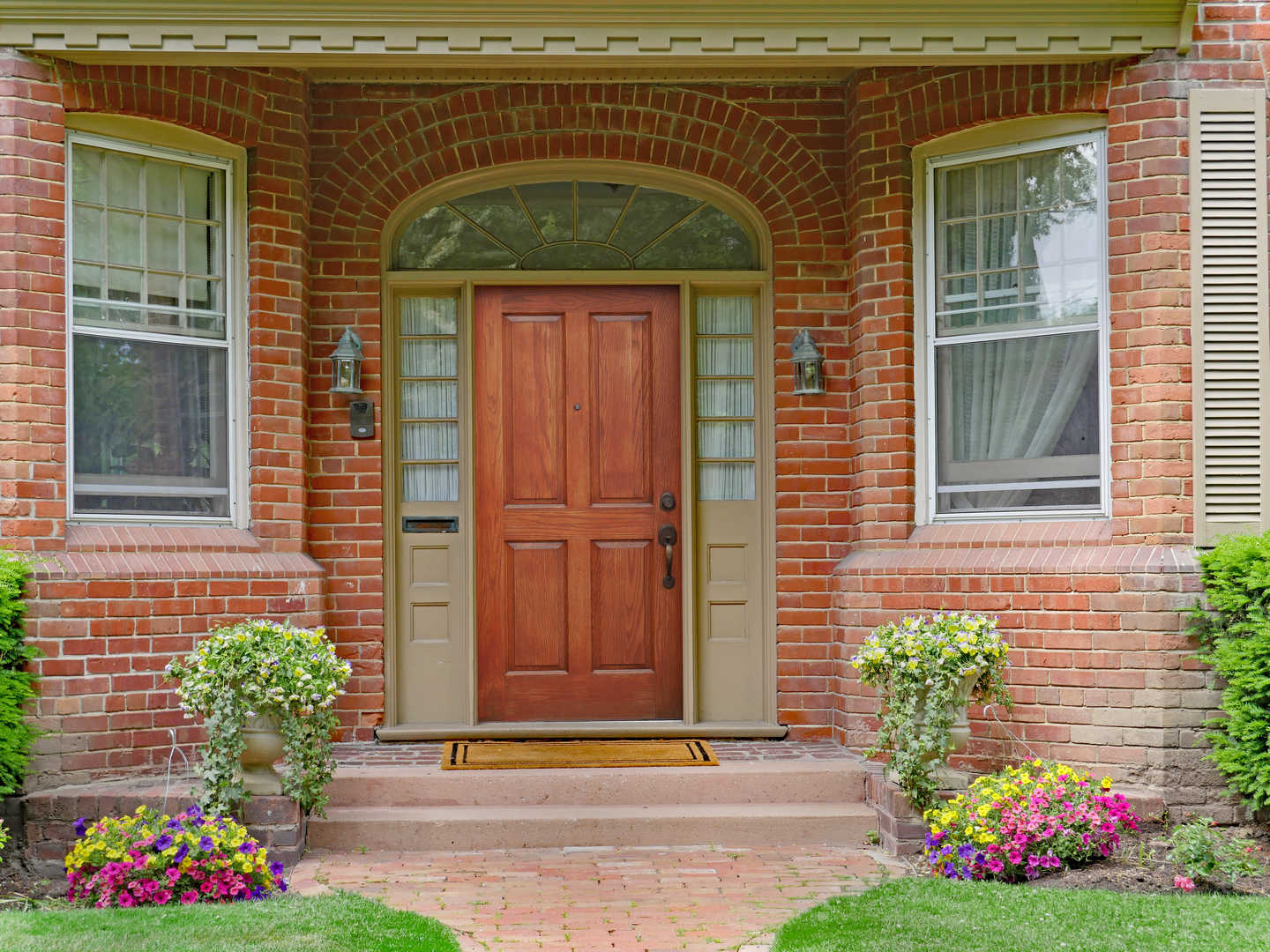Brick structures are renowned for their sturdiness and timeless appeal, but even the most robust buildings require maintenance to keep them looking and functioning at their best. Tuckpointing, the process of renewing the pointing, or the external part of mortar joints, plays a crucial role in the upkeep of brickwork. Regular tuckpointing not only maintains the aesthetic charm of your property but also safeguards it against structural issues. In this blog post, we’ll dive into the best practices for tuckpointing maintenance and how regular attention can prolong the life of your mortar joints and, by extension, your brick structures.
Why Tuckpointing Maintenance is Essential
Tuckpointing is not just about preserving the visual appeal of a brick structure; it’s also about maintaining its structural integrity. Mortar joints are susceptible to damage from various elements, including weather conditions, moisture, and natural wear and tear. Over time, if the mortar is not properly maintained, it can lead to a range of problems, from water infiltration and interior damage to loss of structural integrity. Regular tuckpointing near me maintenance ensures that these issues are addressed promptly, preventing minor problems from escalating into major, costly repairs.
Tips for Tuckpointing Maintenance
- Regular Inspections:Conduct thorough inspections of your brickwork at least once a year. Look for signs of mortar deterioration, such as cracking, crumbling, or missing mortar. Also, pay attention to any signs of water damage or leaks, as these can be indicators of failing mortar joints.
- Prompt Repairs:If you notice minor issues during your inspection, don’t delay in addressing them. Small cracks or gaps in the mortar can quickly lead to more significant problems if left unattended. Early intervention can prevent the need for more extensive and expensive repairs down the line.
- Professional Cleaning:Over time, brickwork can accumulate dirt, soot, and biological growth like moss or mold, which can contribute to the deterioration of mortar. Consider hiring professionals to clean your brickwork. They can use appropriate methods like low-pressure washing with the right detergents to clean the bricks without damaging the mortar.
- Quality Materials:When repairs are necessary, ensure that the materials used match the existing mortar in strength, composition, and color. Using the wrong type of mortar can not only affect the appearance of your brickwork but can also lead to further damage.
- Expert Execution:Tuckpointing is a skilled task. Poorly executed tuckpointing can lead to more harm than good. It’s crucial to hire a skilled mason who is experienced in tuckpointing to ensure the job is done correctly. A professional will remove the damaged mortar to an appropriate depth, fill the joints with new mortar, and tool the joints to match the original appearance.
- Seasonal Considerations:Timing your tuckpointing maintenance is essential. The best conditions for tuckpointing are dry weather and moderate temperatures. Extreme heat can cause the mortar to dry too quickly, while freezing temperatures can lead to poor bonding and mortar cracking.
- Protective Sealants:After tuckpointing, applying a breathable sealant can help protect the mortar from moisture and extend its lifespan. However, it’s important to choose the right type of sealant and ensure it’s applied correctly for it to be effective.
Regular tuckpointing maintenance is a wise investment in the longevity and beauty of your brick structures. By conducting routine inspections, addressing repairs promptly, and ensuring that all maintenance work is performed with quality materials and expertise, you can preserve the integrity and appearance of your brickwork for years to come. Remember, the key to successful tuckpointing maintenance is not just in the repair work itself but in the ongoing care and attention to detail.











